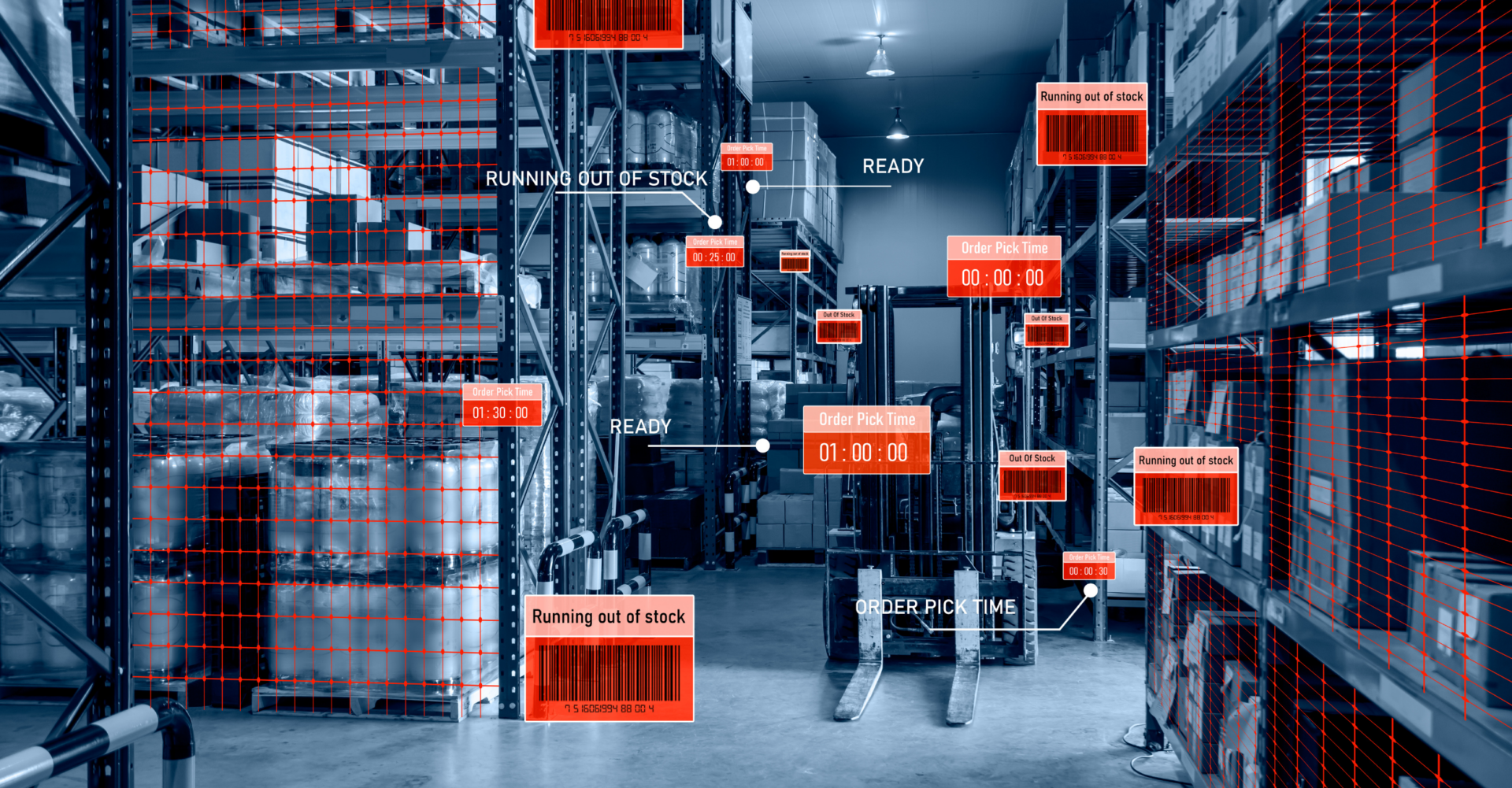
Understanding Real-World Cybersecurity Measures at BECA
In today’s age of pervasive technology, cybersecurity is not just a buzzword but a critical business requirement. However, understanding the theoretical aspects of cybersecurity is different from knowing how it gets practically implemented in a real-world scenario. This blog aims to delve into the practical aspects of cybersecurity by using a hypothetical case study based on a technology-driven company called BECA.
Introduction to BECA
BECA is an innovative company specializing in data analytics and machine learning services. With a team of over 200 people, BECA services a broad spectrum of clients ranging from small startups to large enterprises. They rely heavily on their IT infrastructure, cloud services, and network connectivity to deliver their services.
The Problem Scenario
BECA recently became the target of a phishing attack that aimed to steal confidential customer data and financial information. While the attack was caught in time and prevented, it raised serious concerns about the company’s cybersecurity measures. Realizing the potential damage such an incident could cause, BECA decided to take immediate action to upgrade its cybersecurity protocols.
Implementing Multi-Factor Authentication (MFA)
One of the first changes BECA implemented was to require Multi-Factor Authentication (MFA) for all employees. This security measure involves two or more verification methods—a password, a security token, or even biometric verification like a fingerprint—to ensure that the person trying to gain access is who they claim to be.
MFA has become one of the fundamental cybersecurity measures that companies are increasingly adopting, and in BECA’s case, it was crucial to prevent unauthorized access to sensitive information.
Endpoint Security
BECA has a policy of allowing employees to use their personal devices for work, known as Bring Your Own Device (BYOD). While this policy enhances convenience and productivity, it also increases the number of vulnerabilities as each device becomes a potential entry point for cyber-attacks.
To combat this, BECA implemented an Endpoint Security solution, providing antivirus software and enforcing strict security protocols such as regular updates and patches for every device connected to the company’s network.
Security Awareness Training
Research shows that a significant percentage of cybersecurity incidents happen due to employee negligence or ignorance. BECA understood the need to educate its employees on the importance of cybersecurity.
They initiated regular training sessions where employees were educated on different types of cyber threats like phishing, ransomware, and social engineering attacks. They were also trained on how to identify suspicious activities and report them immediately to the IT department.
Network Segmentation
BECA deals with a variety of data, some of which are highly sensitive. To minimize risks, they decided to implement network segmentation. This strategy involves dividing the network into several segments, each with different access levels.
For instance, the department handling financial data could be on a different network segment than the one dealing with customer service, ensuring that even if an attacker gains access to one part of the network, they can’t easily move laterally to other parts.
Regular Audits and Penetration Testing
Cyber threats evolve constantly, and BECA understood that cybersecurity is an ongoing process. They implemented a policy of conducting regular security audits and penetration tests to identify vulnerabilities proactively.
Penetration tests mimic cyber-attacks in a controlled environment, helping BECA understand potential vulnerabilities from an attacker’s perspective. The findings from these tests were then used to improve and update their existing security protocols.
Regulatory Compliance
Being a data analytics company, BECA has to adhere to several regulations like GDPR, HIPAA, etc., depending on the kind of data they handle. Ensuring compliance not only avoids legal complications but also fortifies their cybersecurity measures since these regulations often require stringent security practices.
Financial and Reputational Impact
With the new measures in place, BECA saw a significant reduction in the number of security incidents. This not only saved them from potential financial losses due to fines or ransoms but also enhanced their reputation as a secure and reliable service provider.
Conclusion
The example of BECA demonstrates how cybersecurity measures should not be considered as optional or as a one-time activity but as an integral part of a company’s ongoing operations. By understanding the real-world implementation of cybersecurity measures like MFA, endpoint security, and regular audits, businesses can better prepare themselves against an increasingly complex landscape of cyber threats. Cybersecurity is not a destination but an ongoing journey, and companies like BECA are setting the example by integrating it into their corporate DNA.
Share the IT Brain Power
More from the BECA Blog



